I have posted many ideas on house rules, some good, some not so. But, at a minimum, do this…
Setup: Add 1 GE CA in SZ26 - represents German presence in Indian Ocean. Setup: Add 1 GE AR in GEA - represents gun boats on Lake Tanganyika (can also add rule this unit cannot move). Setup: Change GE AR in SWA to IN. Setup: Add 1 GE IN in KAM. Setup: Add 1 FR IN in FEA. Setup: Add 1 GE SS in SZ18 - represents German presence in Mediterranean. Setup: Change 1 OE CA to TR in SZ20. Setup: Change 1 RU CA to SS in SZ21. Setup: Change UK TR to SS in SZ2. Switzerland is impassable. Mobilization territories: Following can mobilize max of 2 x IPC value, plus restrictions. Bombay: Min. build 1 unit; Cannot build ships or tanks. Munich: Infantry, artillery only. Ottawa: Min. build 1 unit; Cannot build warships. Tatarstan: Infantry, artillery only. Marseilles: No restrictions. Mines vs. Transports: Allow mine hits to absorbed by loss of a load.A&A Chain of Command: Officer Rules
-
More attachments.
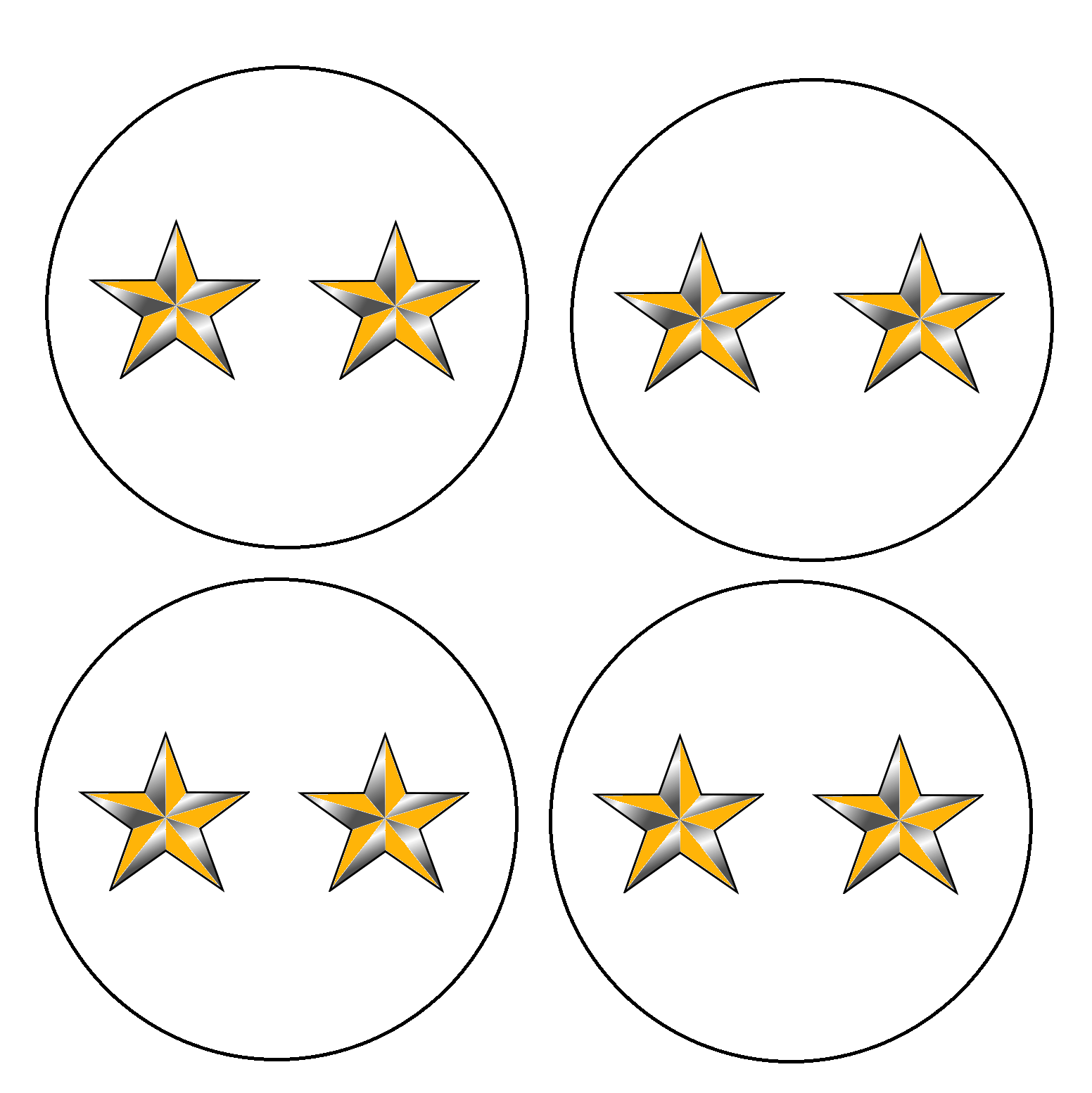
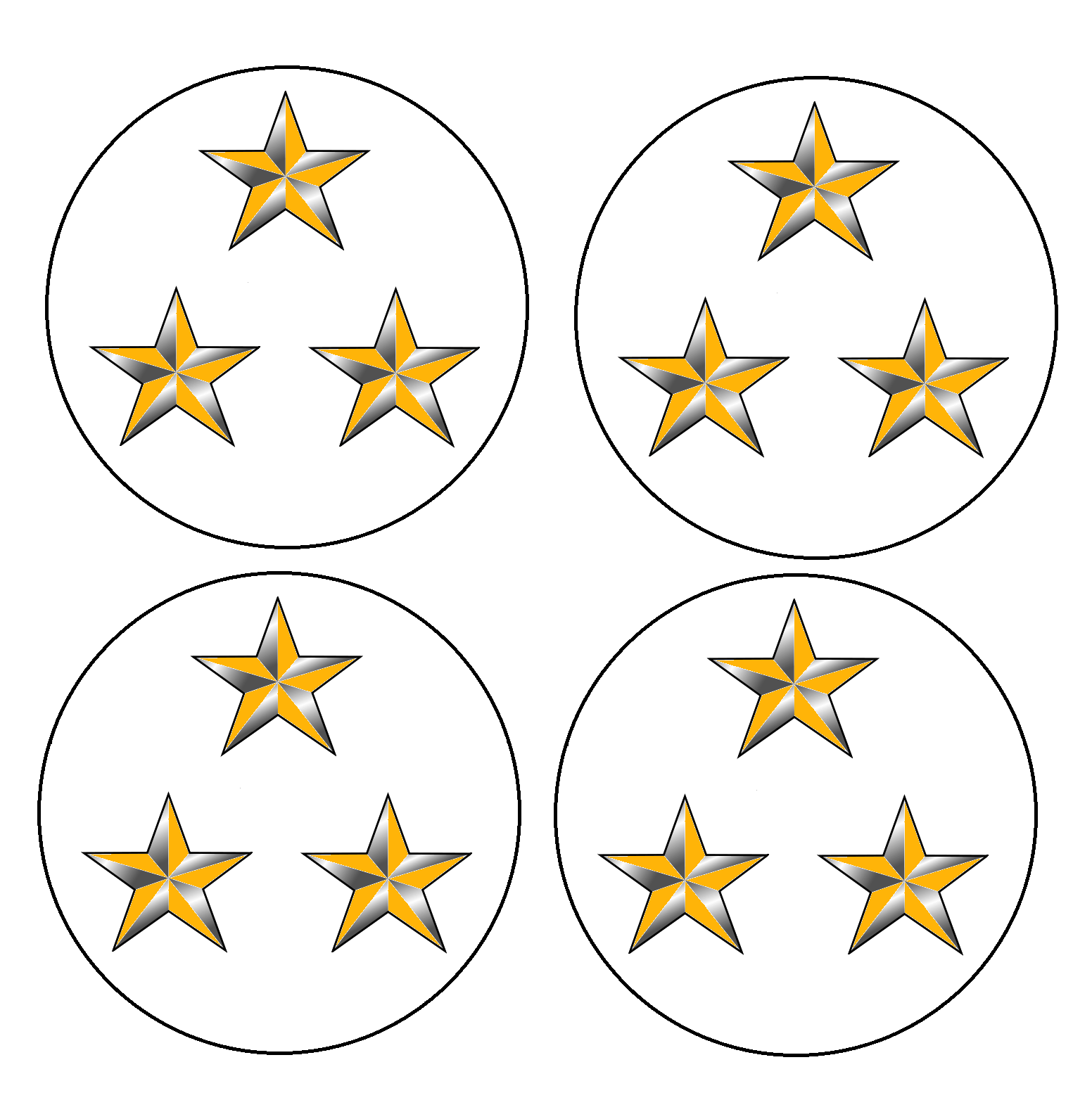
-
More attachments.
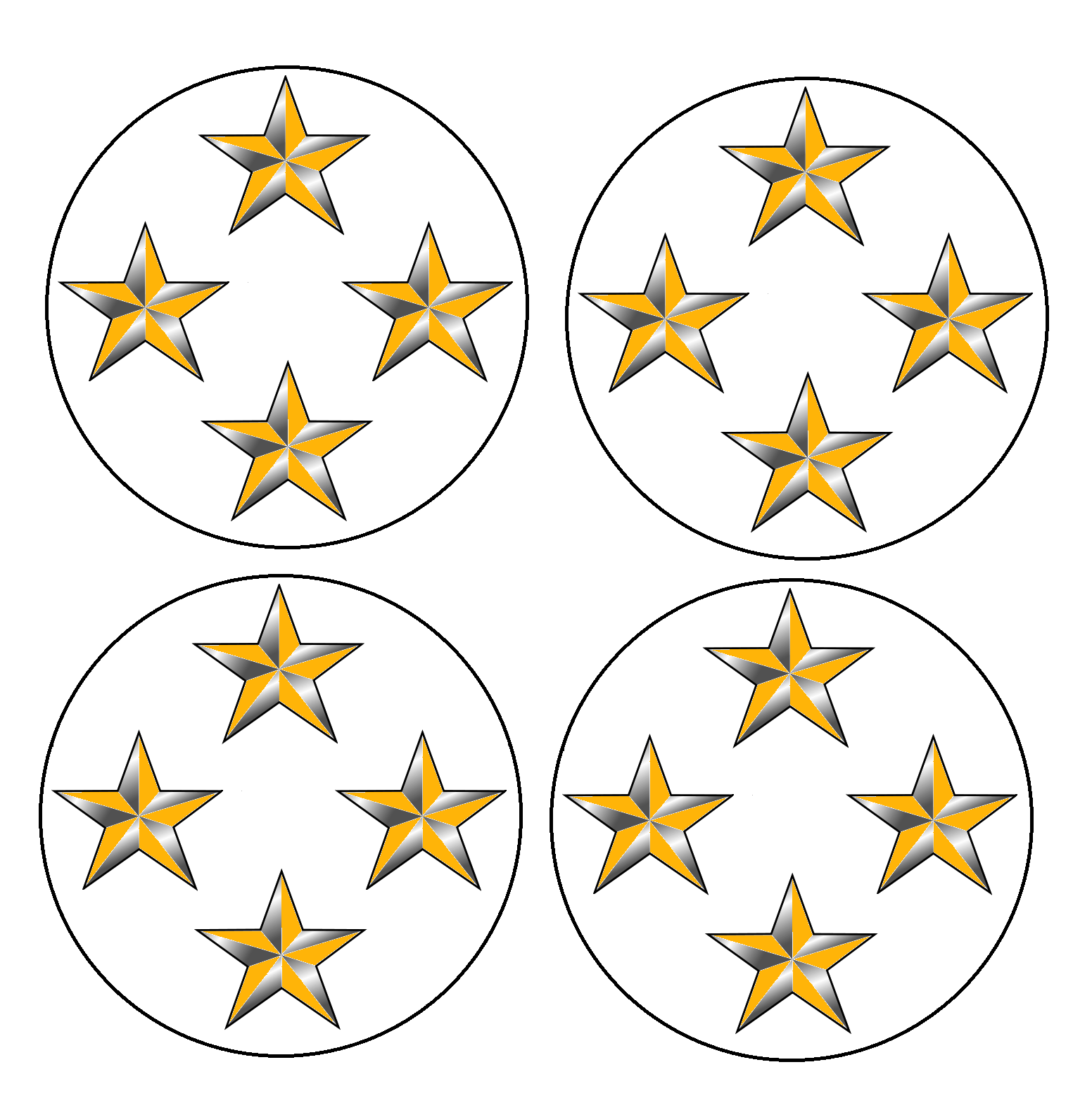
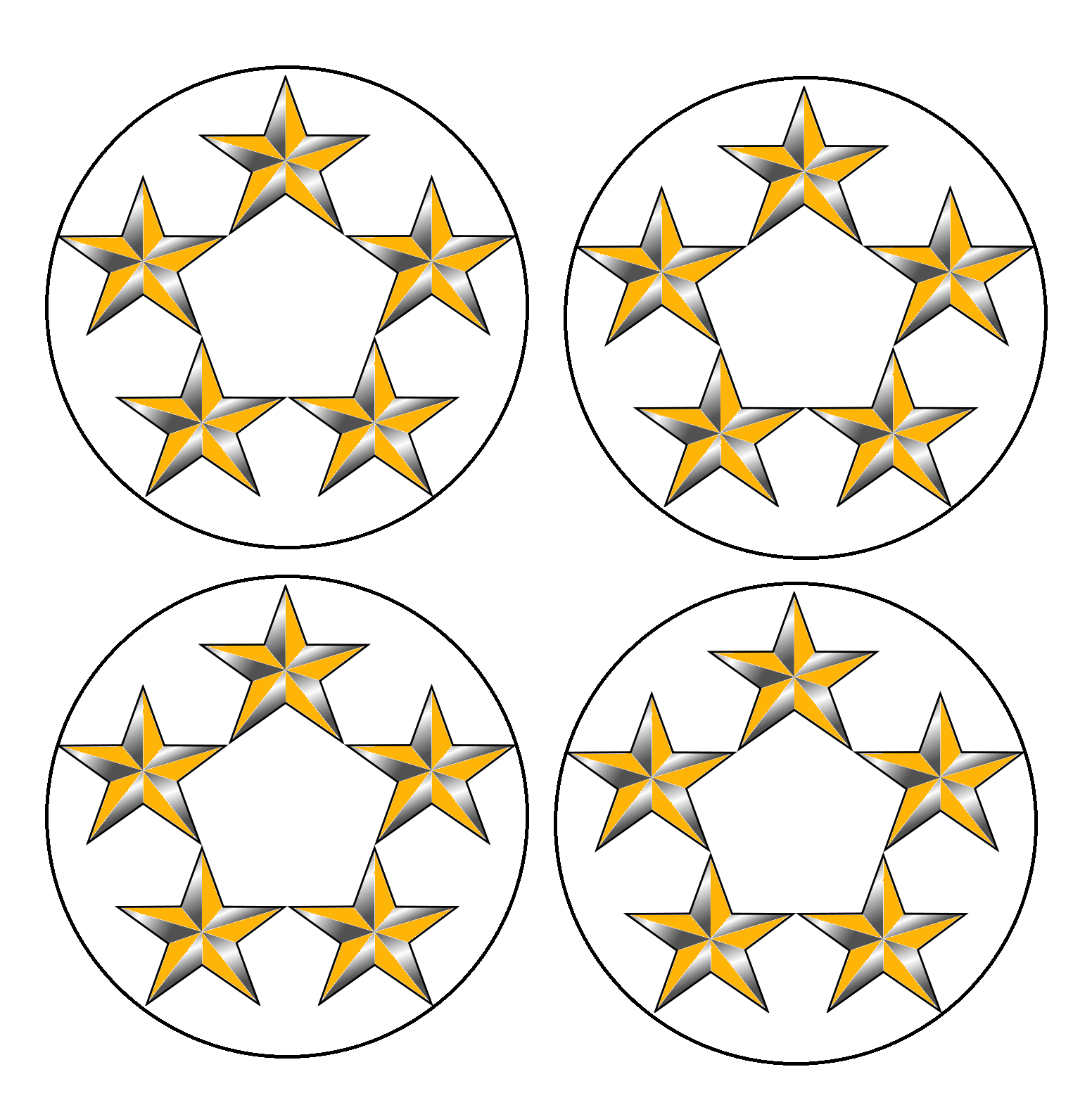
-
Last one.
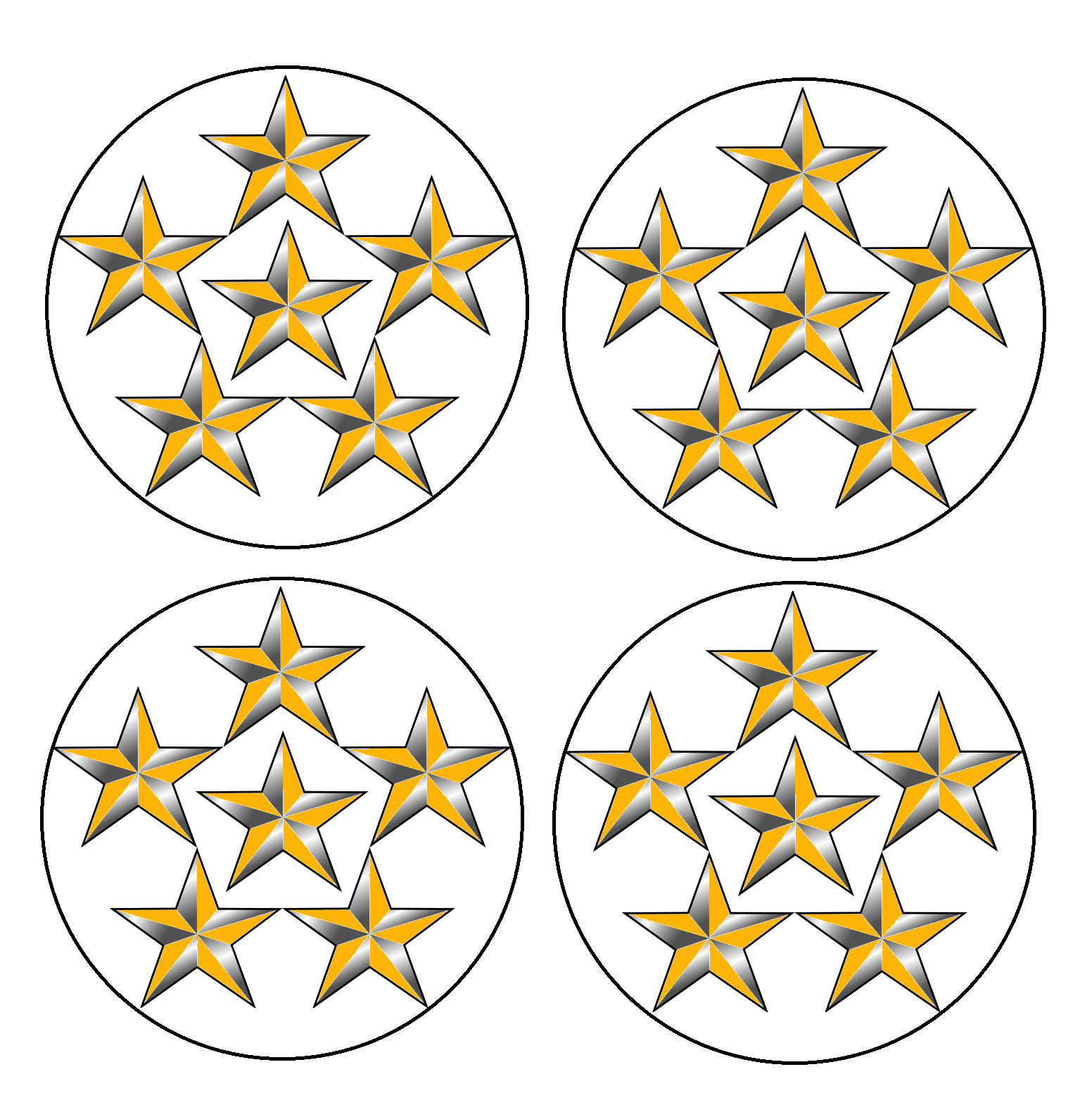
-
Very interesting concept. I think I get how officers work, but I’m a little unclear on the range of influence, particularly “bridging”. I’m going to give some examples and you tell me if I have it right.
First, by “bridging” you mean a general’s effect crossing sea zones to affect land battles or an admiral’s effect crossing land zones to affect sea battles. I assume this is correct?
Examples:
A - A general based in Berlin could affect battles in the following territories:
1 star: W Germany, Greater S. Germany, Slovakia/Hungary and Poland
2 star: Denmark, Holland/Belgium, France, N Italy, Yugoslavia, Romania, E Poland and Baltic States. He could also “bridge” SZ 113 and affect Norway.
3 star: Normandy, S France, S Italy, Albania, Bulgaria, Bessarabia, W Ukraine, Belarus and Novgorod. He could also “bridge” SZ 114 and 115 and affect Finland and Vyborg.
and so on…
Does this sound about right?
B - A 2 star admiral based in SZ 115 could “bridge” the territory of Novgorod to affect a sea battle in SZ 127, right?One other thing about “bridging” influence. Do the sea zones or territory bridged have to be friendly? Or can they have enemy units in them? What about Neutrals? (For example: Could a 2 star general based in Greece bridge Turkey to affect a battle in Iraq or NW Persia?)
-
That sounds about right. The idea is that the officers are commanding via radio communications, so enemy units or enemy/neutral zones shouldnt make a difference, but I might add a sort of bridging rule for enemy/neutral zones, similar to the sea zone rule (no more than 2 enemy zones can be bridged).
Also, I wanted the Zones of Influence to represent the general level of responsibility of a general or admiral, for instance a 2-star might command the zones in a certain front, while a 4- or 5-star has enough influence to affect multiple fronts from a central zone.
-
Officer tokens represent distinguished officers on the battlefield. They can range from Captains to 6-star generals, but they by no means are meant to represent the entire chain of command. These are officers that have proven their bravery or skill somehow, and therefore impart bonuses to the troops under their command.
I personally like five-star and six-star ranks, but if I’m not mistaken the highest the US ever got in WWII was the five-star rank…and even then, it was on a very selective basis, and primarily for the purpose of letting the top American officers interact on more even terms with Europe’s field marshalls and fleets admirals (which I think are also five-star ranks rather than six-star ones). Technically, the only people in the US who ever outranked the five-star rank were George Washington, John Pershing and George Dewey, who were all special cases.
This part of the house rule…
“IF a general is promoted from 5-star to 6-star, he must be placed in the nation’s capital (or in a sea zone adjacent to the capital for naval officers) immediately, and must stay there for the duration of the game.”
…accurately reflects the fact that an officer of such a rank would never be “on the battlefield” (to quote the first part of the house rule). Even officers of 5-star rank would be too valuable to risk in actual combat, so you’d generally find them either behind the front lines in an active theatre of operations (an example being Montgomery in Normandy) or at a desk far away from the fighting (the best example which comes to mind being George C. Marshall, who ran the war from his office in the Pentagon).
-
Yeah, that’s the idea. You’ll find that the higher ranks make their way to the back of the lines naturally…since they can reach farther you can afford to have then further out of harms way.
As for the whole 6-star issue…I know the rank is rare in American history, and was non-existent in the war on the American side, but I wanted it to be a possibility.
-
Isn’t the president “theoretically” a 6 star general? Because he out ranks the 5 stars? And is in command of the military?
-
http://en.wikipedia.org/wiki/Comparative_officer_ranks_of_World_War_II
I guess according to this I should make a special insignia just for Stalin: “Generalissimus of the Soviet Union”….oh the Soviets…gotta love 'em.
But you can see that a so-called “6-star” was a real rank, General (Admiral) of the Armies (Navy), and was just under the president, and above 5-stars.
http://en.wikipedia.org/wiki/General_of_the_Armies
http://en.wikipedia.org/wiki/Admiral_of_the_navyIn the German case, Hermann Goring was a “Reichsmarschall,” their version of the 6-star, and the direct successor to Hitler.
-
Isn’t the president “theoretically” a 6 star general? Because he out ranks the 5 stars? And is in command of the military?
No, because the US Constitution (if I recall correctly) requires the President to be a civilian. Eisenhower had to resign his five-star rank (which is a lifetime rank) in order to run as President. I think his rank was re-instated after his term of office ended.







